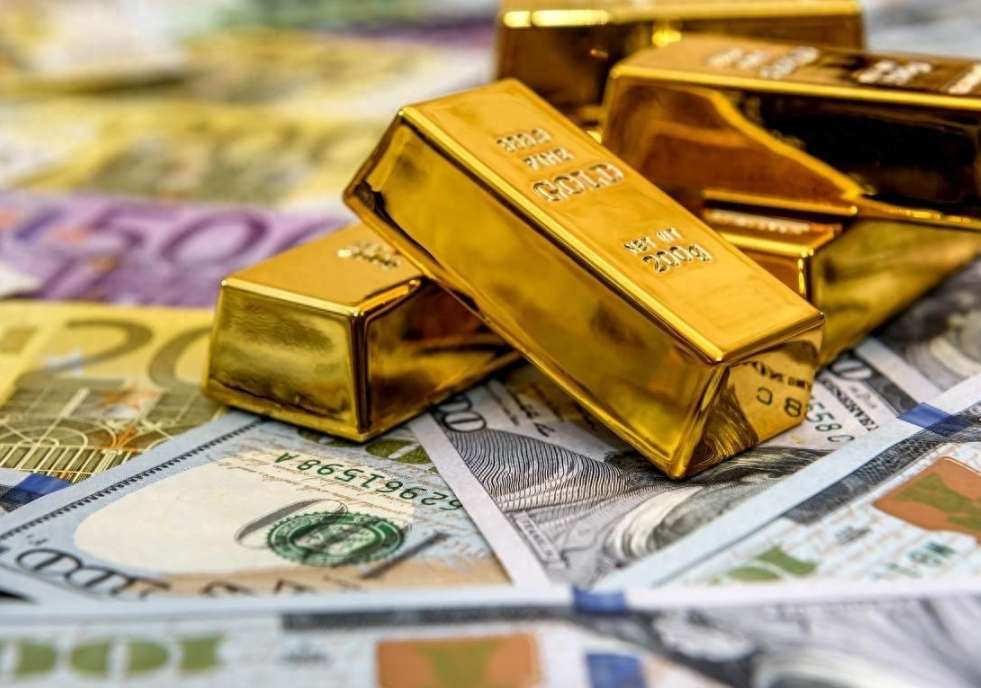Gold Fever Grips the Globe?
Advertisements
The current economic landscape of the United States is characterized by a mix of resilience and tension, primarily driven by high inflation rates, presidential trade policies, and actions taken by the Federal Reserve. Recently, the Fed has put a pause on its interest rate cuts, which some interpret as a form of political warfare, especially in the context of the ongoing tensions between President Biden and Fed Chair Jerome Powell. This tension has not only affected domestic markets but has also catalyzed significant movements in international investment, notably reflected in soaring gold prices and a strengthening of the renminbi (RMB) against the dollar.
In an unprecedented shift, the gold price has hit historical highs, signaling the sentiments of international investors who are increasingly wary of the impending debt crisis the U.S. faces. As 46 states in the U.S. have begun to recognize gold as legal tender, China has also moved to bolster its gold reserves, further intensifying the competition against the U.S. dollar. The political backdrop includes President Biden's aggressive tariff policies that have contributed to the renminbi's recent resurgence, marking a significant moment in the ongoing currency battle and underscoring the division across the global financial landscape.
During the latest Federal Open Market Committee (FOMC) meeting, the Fed officially halted its course on interest rate cuts. Powell indicated that the future of interest rates will hinge on the trajectory of U.S. inflation and employment levels. Worryingly, inflation remains high without any clear path toward the Fed's targeted 2% rate, sparking discussions about the longer-term implications for monetary policy. As Powell stated, the likelihood of rate cuts hinges on a significant downturn in labor market conditions or a drastic drop in inflation, suggesting that the Fed is unlikely to alter its current stances in the near future.
Even as the President voiced his support for the Fed's decision to pause rate cuts, the underlying motivation for his economic strategy leans heavily towards promoting a weaker dollar. This inclination stems from experiences during previous administrations when a robust dollar accelerated the national debt, threatening financial stability and undermining the President's "Make America Great Again" (MAGA) initiative, which necessitates substantial government spending to meet rising debt service costs.

The consequences of this economic tug-of-war reflect a broader concern for both domestic and global markets. If Powell were to pivot on interest rate policies while enforcing tariffs, it could unleash a torrent of disruption severe enough to act as a "deep-water bomb" for the economy. Rising inflation rates have rekindled fears that the U.S. dollar's dominance, long considered rock solid, is under threat, prompting a rush towards tangible assets like gold.
As the U.S. grapples with these financial dilemmas, a series of recent economic indicators designed to gauge inflation expectations have emerged, painting a precarious picture for investors. Wall Street has responded nervously, anticipating tumultuous trading conditions largely driven by the unpredictability of the President's policies. In response, various state governments have begun to unveil initiatives aimed at elevating gold and silver to the same legal status as the dollar, effectively allowing these precious metals to circulate freely and be used for settling debts and tax payments. This pivot symbolizes a defensive maneuver against inflation and the dollar's waning purchasing power.
The motivations behind this challenge to the dollar's supremacy are glaringly apparent. The ongoing inflation crisis has drastically diminished the value of the dollar, further aggravated by soaring national debt levels. Since the gold standard was abandoned in 1971, the dollar has plummeted in value relative to gold by an astounding 98%. In contrast, gold’s steadfast value has remained a bulwark against monetary instability, anchored further by a recent projection from the Congressional Budget Office, forecasting a staggering $22.1 trillion cumulative deficit from 2025 to 2034—numbers significantly worse than earlier estimates.
More alarmingly, much of the national debt held by the Treasury is financed at historically low interest rates. With the current high-interest rate environment, a wave of low-yield bonds is about to mature, requiring the issuance of new bonds with significantly higher yields to cover the gap. Reports indicate this toxic combination of excessive debt and high-interest rates is triggering America's debt repayment obligations to soar to levels unseen since 1996.
In this context, a strong dollar, propelled by the President's economic goals, paradoxically coincides with a strong performance from gold. As gold prices continue to thrive, the market's sentiment shifts suggest underlying doubts over the dollar's stability. Investors are beginning to question the sustainability of U.S. economic policies as the country contends with escalating global competition and the disintegration of long-assumed financial norms.
Moreover, since the President's policies have yet to announce any concrete strategies to address the looming debt crisis, there seems to be an inclination towards exploring alternative funding mechanisms, such as establishing a sovereign wealth fund – indicating a reluctance to confront the debt challenges head-on. This approach may work in the short term to sustain funding flows, but ultimately, it risks eroding trust and credibility both domestically and abroad as the consequences of deferred responsibility become evident.
The ebb and flow of power between the dollar and gold is not merely a financial occurrence; it is emblematic of changing geopolitical dynamics where different national narratives and strategies come to the forefront. Concurrently, the RMB’s rise amidst elevated tariffs by the U.S. further complicates the scenario as China appears to weather the storm of U.S. trade aggressions better than anticipated, showcasing a robust economic foundation increasingly contrasted against America's burgeoning financial woes.
As we peer into the future, it is likely that the coming years will herald a host of financial shifts and upheavals in the U.S. market. On the other hand, if China manages to fortify its domestic market confidence and identify innovative growth engines while positioning the RMB as a formidable competitor to the dollar, the stage is set for dramatic transformations in international financial relations.